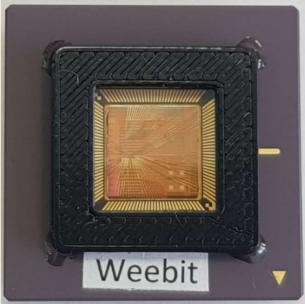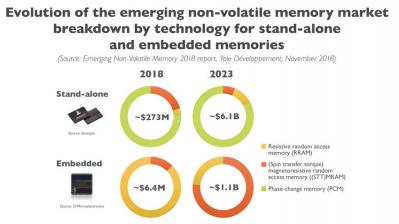Leti to assist Weebit Nano to move its RRAM to 300 mm wafers and 28 nm technologies
Israel-based RRAM developer Weebit Nano announced that its partnership with Leti continues, and Leti and Weebit extended the partnership to include adapting Weebit's RRAM production process to 300 mm wafers, at 28 nm. Up until now Leti and Weebit's development was done on 200 mm wafers using 40 nm technology. Weebit believes that the move to 300 mm and 28 nm will be quick - and it will be done by the end of Q4 2019. The move to 28 nm will improve Weebit's RRAM cells and enable them to fit even the smallest geometries being used in the market today.
Up until now Leti and Weebit's development was done on 200 mm wafers using 40 nm technology. Weebit believes that the move to 300 mm and 28 nm will be quick - and it will be done by the end of Q4 2019. The move to 28 nm will improve Weebit's RRAM cells and enable them to fit even the smallest geometries being used in the market today.
